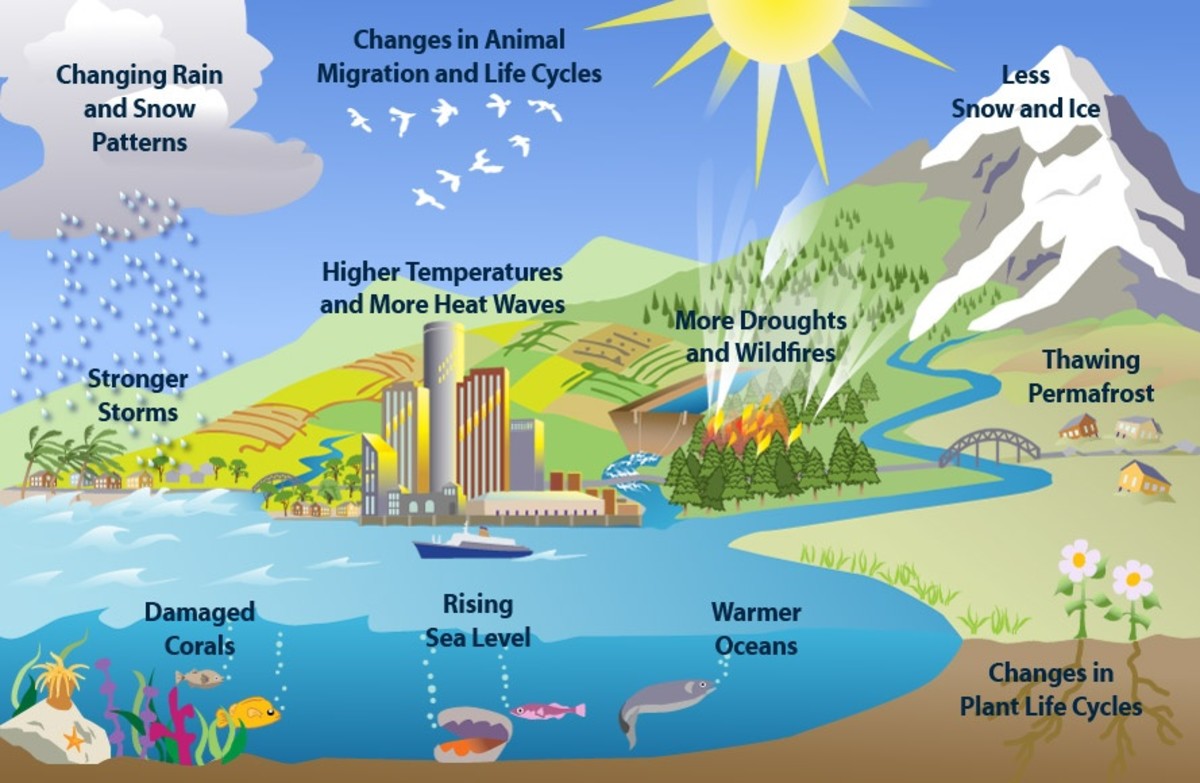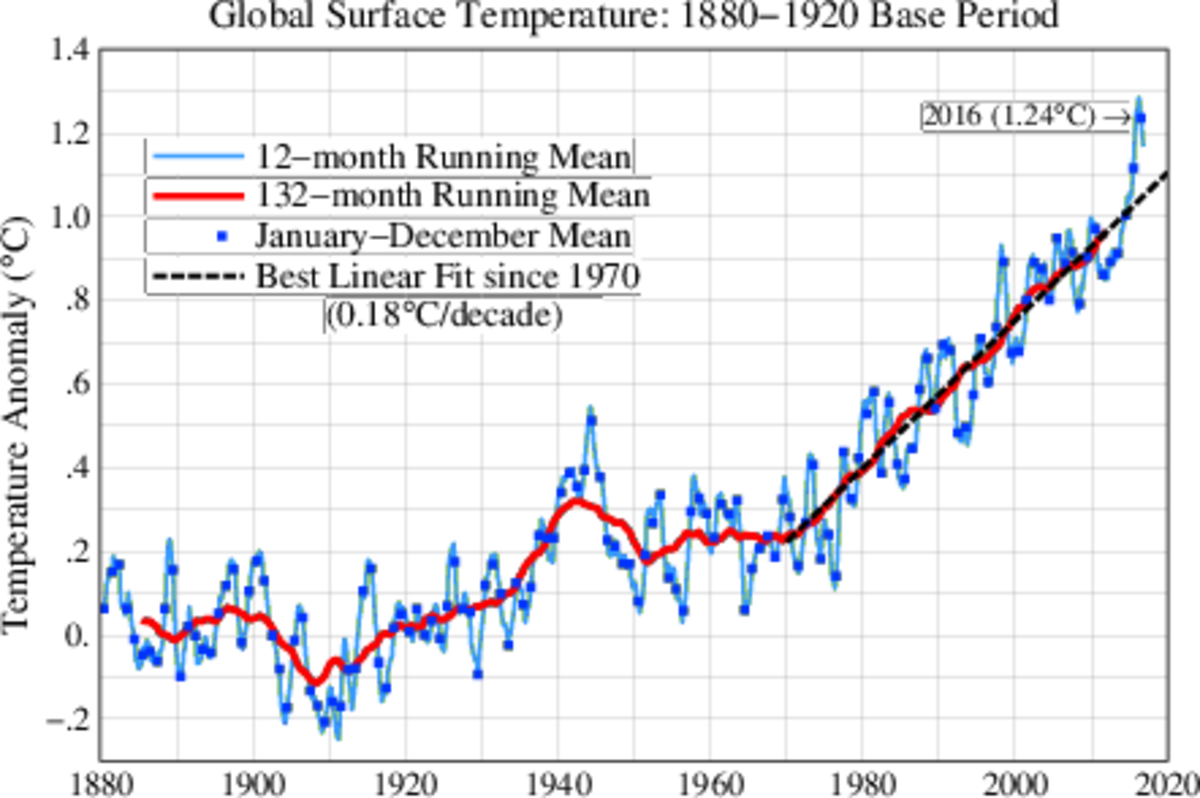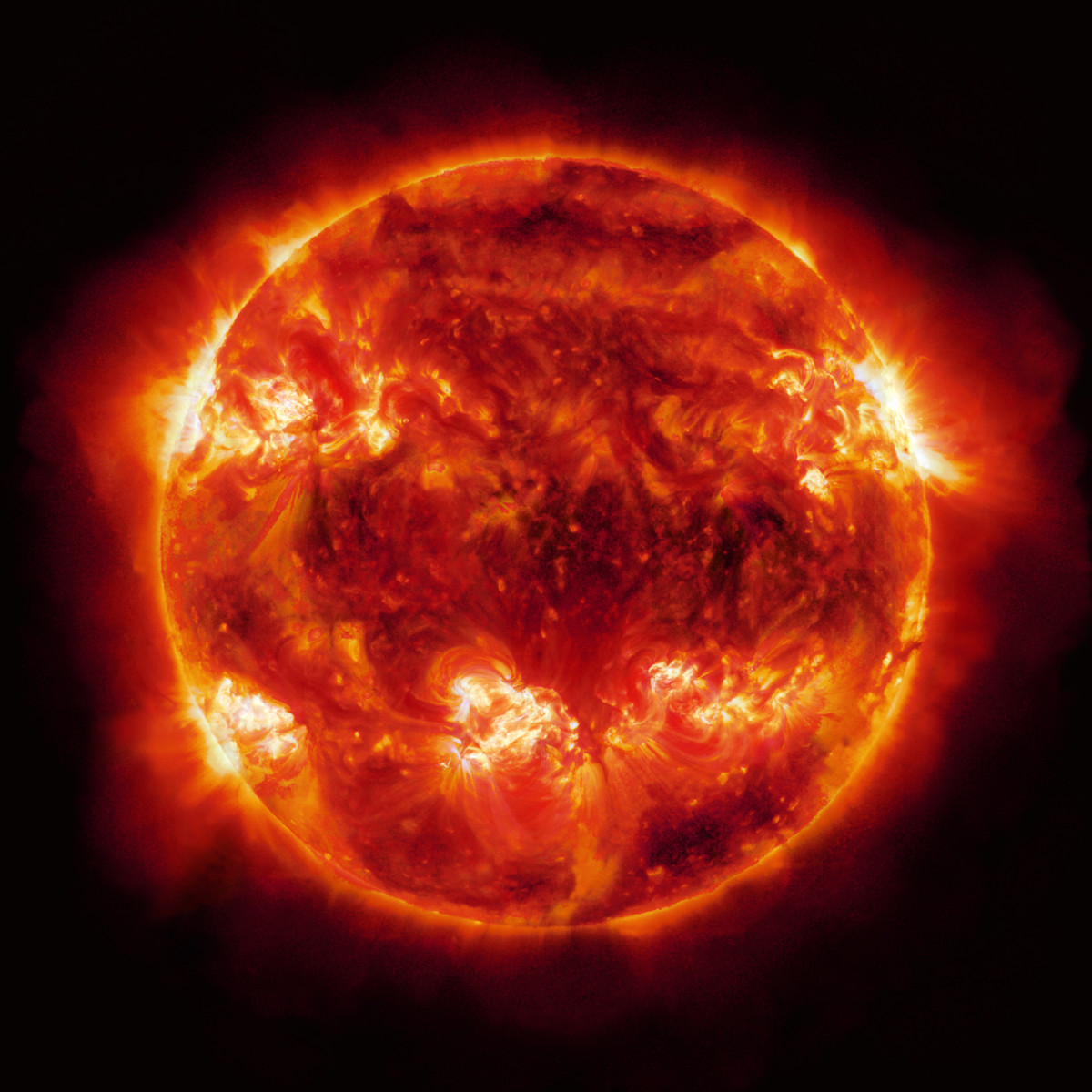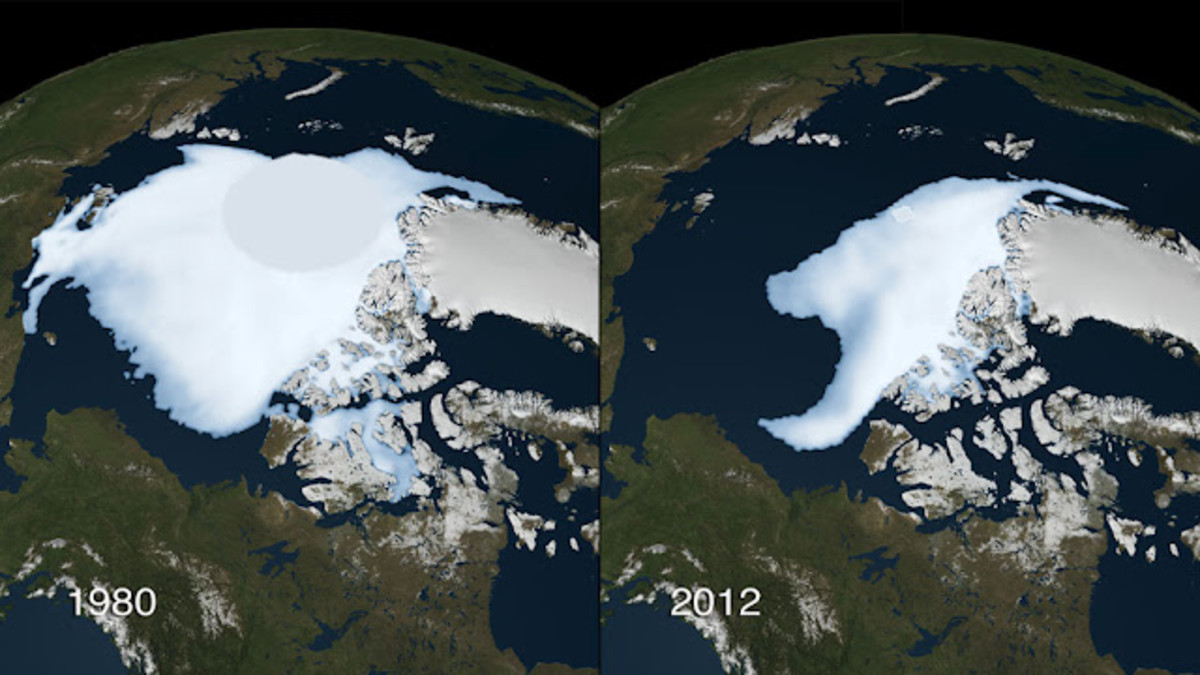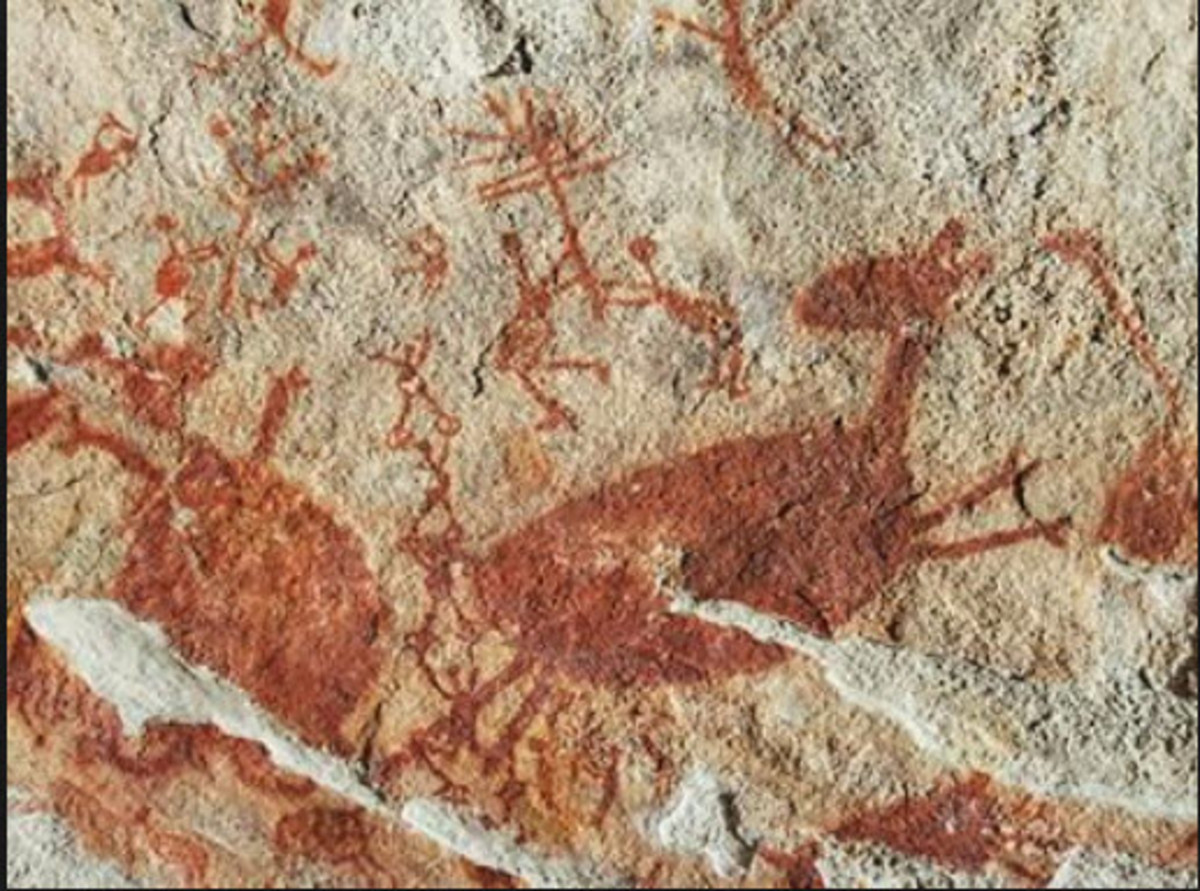Climate Change. Global warming message from Mt Everest
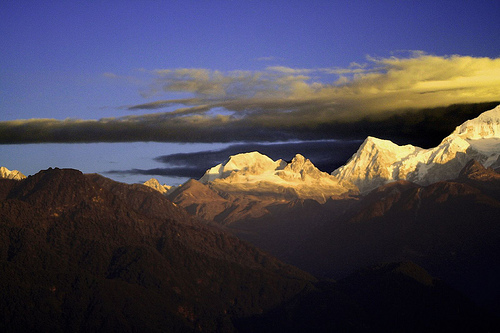
Climate Change. A Global Warming message from Mount Everest.
Fifty-four years after Sir Edmund Hillary and Tenzing Norgay became the first men to scale Mount Everest, their sons have said the mountain is now so ravaged by climate change that Hillary and Norgay would no longer recognise it.
On the eve of the Live Earth concerts, Peter Hillary and Jamling Tenzing yesterday issued a timely warning that global warming is rapidly changing the face of the world's highest mountain and threatening the survival of billions of people who rely on its glaciers for drinking water.
The base camp where Sir Edmund and Norgay began their ascent is 40 metres lower than it was in 1953. The glacier on which it stands, and those around it, are melting at such a rate that scientists believe the mountain, whose Nepalese name, Qomolangma, means Mother of the World, could be barren rock by 2050.
Up to 40,000 Sherpa’s who live at the base of the Himalayas face devastation if vast new lakes formed by the melted ice burst and send a torrent of millions of tons of water down the slopes.
Mr Hillary, who has himself twice reached Everest's summit, said: "Climate change is happening. This is a fact. Base camp used to sit at 5,320 metres. This year it was at 5,280 metres because the ice is melting from the top and side. Base camp is sinking each year. For Sherpa’s living on Mount Everest this is something they can see every day but they can't do anything about it on their own."
The warning came as a survey revealed that most Britons remain unconvinced about the extent of climate change and that terrorism, crime, graffiti and even dog mess are more pressing issues for the UK. The Ipsos-Mori poll found that 56 per cent of people believe scientists are still debating whether human activity is contributing to climate change. In reality, there is virtual consensus that it is.
Just over half of people, 51 per cent, believe climate change will have little or no effect and more than one-third admitted they were taking no action to reduce their carbon emissions.
Speakers
Speaking before the seven Live Earth concerts, which organisers hope will be a catalyst for action on global warming, Jamling Tenzing, who has also climbed Everest, said the mountain was serving as an early warning of the extent to which it is already changing the planet.
The glacier where Sir Edmund and Norgay pitched their base camp before eventually reaching the summit at 29,000ft on 29 May 1953 has retreated three miles in the past 20 years. Scientists believe that all glaciers in the Himalayas, which are between half a mile and more than three miles in length, will be reduced to small patches of ice within 50 years if trends continue.
Mr Tenzing said: "The glaciers have receded a great deal since my father's time. There are many things he wouldn't recognise today. The glacier on which base camp sits has melted to such a degree that it is now at a lower altitude. I think the whole face of the mountains is changing."
The glacial retreat presents a double peril for those who live in the Himalayas and the populations of India and China, where the water flowing from the mountains accounts for 40 per cent of the world's fresh water.
The rapid increase in the rate of glaciers melting - from 42 metres a year in the 40 years to 2001 to 74 metres a year in 2006 - has resulted in the formation of huge lakes in the space of a few years.
United Nations
A United Nations study of the 9,000 glacial lakes in the Himalayas found that more than 200 are at risk of "outburst floods", unleashing thousands of cubic metres of water per second into an area where 40,000 people live. In 1985, Lake Dig Tsho in the Everest region released 10 million cubic metres of water in three hours. It caused a 10-metre-high wall of water which swept away a power station, bridges, farmland, houses, livestock and people up to 55 miles downstream. Scientists estimate that the most dangerous lakes today are up to 20 times bigger. One of those, Imja Tsho, did not exist 50 years ago and lies directly above the homes of 10,000 people.
The worst-case scenario according to Nepalese scientists is a cascade effect whereby one overflowing lake empties into another, starting a chain reaction which would kill thousands and wipe out agriculture for generations.
Peter Hillary said: "I've seen the result of glacial lakes bursting their banks and it's just catastrophic. It's like an atomic bomb has gone off. Everywhere is rubble. The floods of the past are unfortunately nothing compared with the size of what we are currently threatened with."
In the longer term, scientists believe the depletion of the glaciers will drastically reduce the flow of water into the nine major rivers fed by the Himalayan glaciers.
An outspoken critic of President George Bush's approach to combating global warming has been appointed to advise the British Government on climate change.
Bob Watson was voted out of his job chairing the United Nations-sponsored Intergovernmental Panel on Climate Change (IPCC) five years ago after incurring the wrath of the Bush administration. He will take over as chief scientific adviser at the Department for the Environment, Food and Rural Affairs (Defra) in September. The appointment was approved by Gordon Brown.
His recruitment, a week after Mr Brown took over as Prime Minister, will be seen as further evidence the Government is trying to distance itself from Mr Bush. Last week, he caused consternation at the White House when he appointed Sir Mark Malloch Brown, a strong critic of US foreign policy, as minister for Africa, Asia and the United Nations.
Dr Watson, a British-born expert on atmospheric pollution, advised former US President Bill Clinton on the environment and worked at the World Bank before becoming the IPCC's chairman. The US began manoeuvring to remove him shortly after President Bush's inauguration in 2001. A year later, he was replaced by Rajendra Pachauri, an Indian scientist.
Environmental groups uncovered a memo from the US oil corporation ExxonMobil, a major contributor to Mr Bush's election campaign, asking the White House to unseat Dr Watson because he had an "aggressive agenda". At the time, Dr Watson acknowledged the US government's intervention was an "important factor" in the campaign to oust him.
A Defra spokeswoman said: "He was the unanimous choice out of all the candidates."
It all pays in to the same picture
Global warming =poverty= more refugees =warfare ... It's all interconnected

